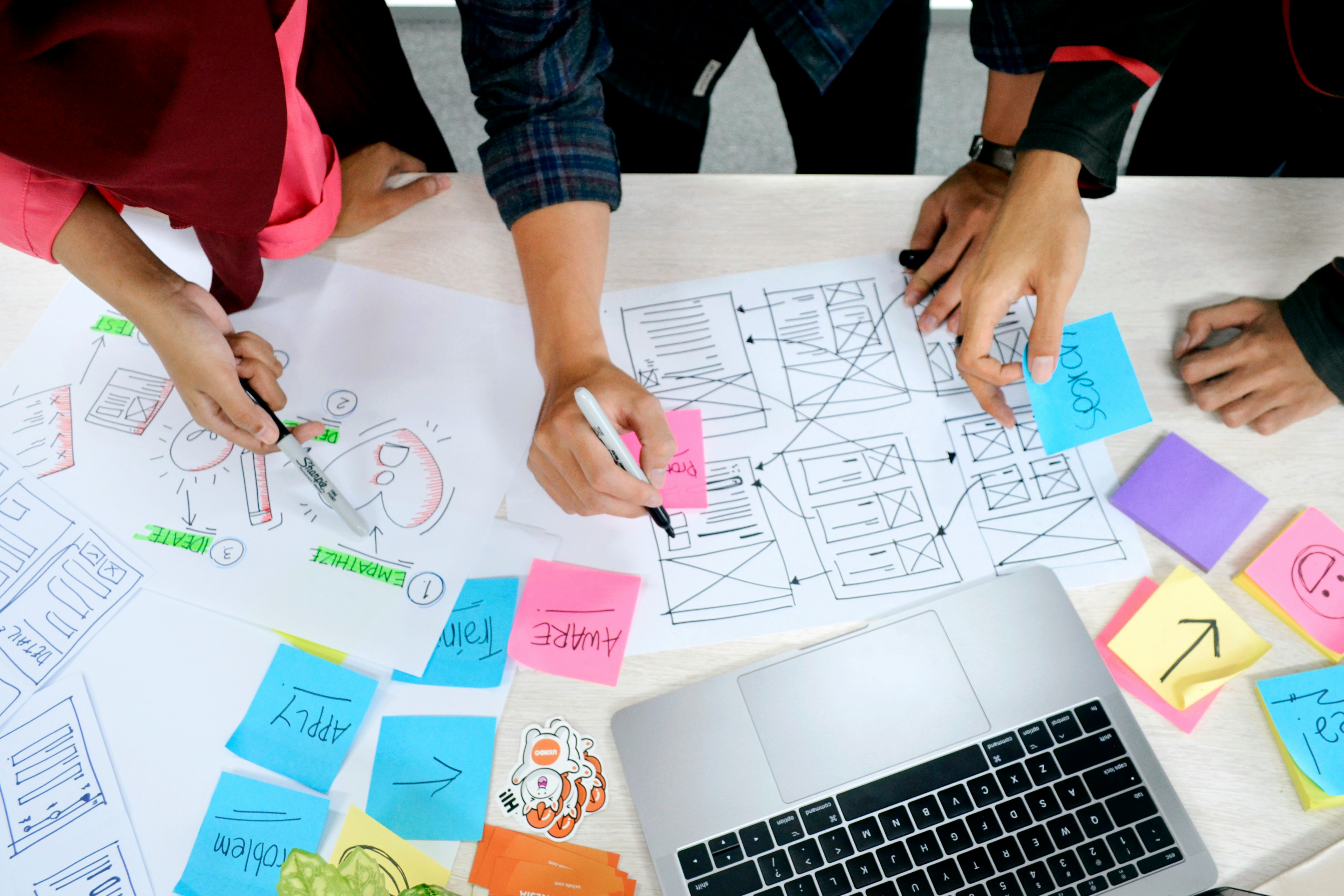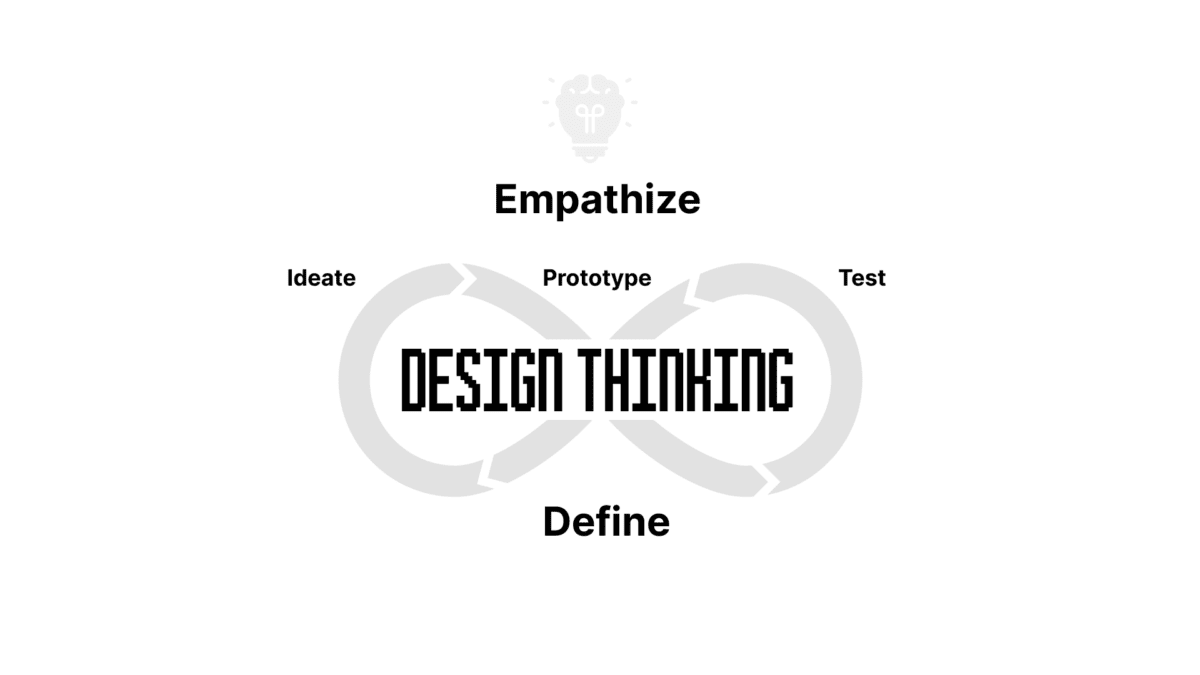
Design thinking is a powerful framework that can lead to better solutions in nearly any field or industry. By focusing on understanding the human needs involved, re-framing problems in human-centric ways, creating and testing multiple ideas, and iterating on solutions, design thinking can help organizations produce more innovative and effective outcomes.

Empathize with the User
One of the key aspects of design thinking is its emphasis on empathy for the end user. By truly understanding the needs, desires, and pain points of the people who will be using a product or service, designers can create solutions that are more intuitive, user-friendly, and ultimately more successful. This empathetic approach can lead to a deeper understanding of the problem at hand and can uncover insights that may have been overlooked with a more traditional problem-solving approach.
Ideate, Prototype & Test
Another important aspect of design thinking is its focus on iteration and prototyping. Instead of settling on a single solution early in the process, design thinking encourages the generation of multiple ideas and the creation of quick, low-cost prototypes to test those ideas. This allows for rapid learning and refinement, leading to solutions that are more likely to succeed when implemented.
Promotes Teams & Collaboration
Furthermore, design thinking encourages a collaborative and interdisciplinary approach to problem-solving. By bringing together individuals with diverse backgrounds and skill sets, design thinking can lead to more holistic and comprehensive solutions. This interdisciplinary collaboration can spark new ideas and perspectives, leading to more innovative and effective outcomes.
Defining the Plan
In addition to emphasizing empathy, iteration, and collaboration, design thinking also involves defining a clear plan for implementing the solutions. This includes outlining the steps needed to bring the ideas to fruition, setting specific goals and milestones, and establishing a timeline for the design and implementation process. By defining a plan, organizations can ensure that the innovative solutions generated through design thinking are effectively executed and integrated into their operations.
Overall, design thinking offers a structured yet flexible approach to problem-solving that can lead to better solutions by fostering empathy, iteration, and collaboration. By putting the human experience at the center of the design process and embracing a mindset of continuous improvement, organizations can leverage design thinking to create solutions that are more impactful and meaningful for their intended users.